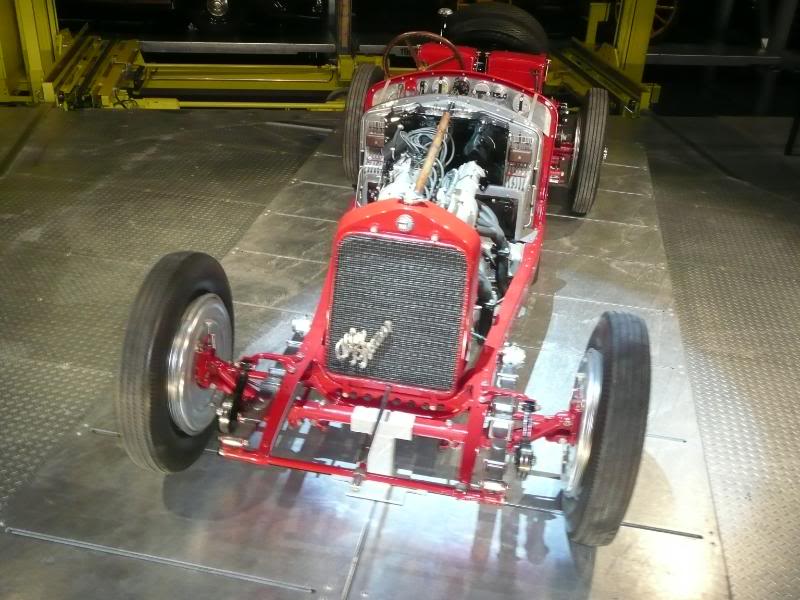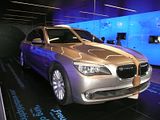 There is only really one significant transport museum, open to the public, in Switzerland, and it is to be found on the shores of Lake Lucerne, in the city of the same name. It covers all forms of transport, and as Switzerland is not renowned for designing and building much apart from trains (even now ABB is one of the largest companies in the country), the focus is more on how the different transport types evolved and affected life in the 26 cantons over the last 100 years or so. I last visited the museum some years ago, so decided that I was overdue another look. One of my colleagues did tell me that it had been through a complete transformation about two years ago, and he was not wrong. Were it not for the location, I would not have recognised the place.The museum comprises a number of large display halls, which are connected together by the great outdoors. There are some additional exhibits outside in the huge courtyard area. Part of the museum is now an i-Max cinema, and I am told that the shows there are very good, but I had not the time to find out (and the place was packed with excited kids and their parents who had all sought refuge from a rather soggy November afternoon. Each hall has a different transport theme.The Cars
There is only really one significant transport museum, open to the public, in Switzerland, and it is to be found on the shores of Lake Lucerne, in the city of the same name. It covers all forms of transport, and as Switzerland is not renowned for designing and building much apart from trains (even now ABB is one of the largest companies in the country), the focus is more on how the different transport types evolved and affected life in the 26 cantons over the last 100 years or so. I last visited the museum some years ago, so decided that I was overdue another look. One of my colleagues did tell me that it had been through a complete transformation about two years ago, and he was not wrong. Were it not for the location, I would not have recognised the place.The museum comprises a number of large display halls, which are connected together by the great outdoors. There are some additional exhibits outside in the huge courtyard area. Part of the museum is now an i-Max cinema, and I am told that the shows there are very good, but I had not the time to find out (and the place was packed with excited kids and their parents who had all sought refuge from a rather soggy November afternoon. Each hall has a different transport theme.The Cars
This is probably the most unusual part of the museum. With the exception of a few special displays, all the cars are stored in a giant rack at one side of the hall. There is then a small “car theatre” area, where you assemble for a presentation about six of the cars. It is all done based on visitor choice, so you are first asked to press the large red button in front of you to select the language for the commentary (German, French, English or Italian). We got German every time! Then six different groups of cars are shown on the screen, and again you press the button (repeatedly) to select your favourite, from which a third choice is then for two of the cars from that group. At this point, the lifting device mounted on rails glides down to the appropriate point in the racking, and then reaches up to wherever the car is, and it is transferred onto the crane, and brought to the auditorium area. There is a short cameo story about the car, its history etc, and then it returns. It is all very participative, but it does mean that you don’t get a particularly good look at many of the cars!
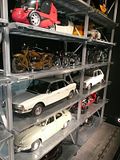
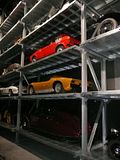
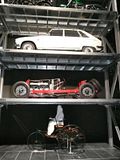
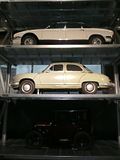
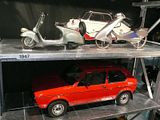


 The little Fiat 500C seemed to come out every time, but the story that went with it was that of the start of the supermarket chain Migros.
The little Fiat 500C seemed to come out every time, but the story that went with it was that of the start of the supermarket chain Migros.

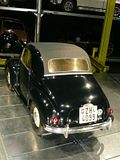 These cars were designed in a competition to see how far a vehicle could travel on just how little fuel, with incredible results.
These cars were designed in a competition to see how far a vehicle could travel on just how little fuel, with incredible results.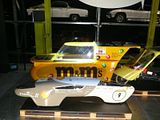
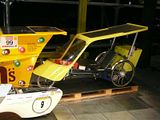
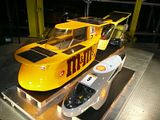
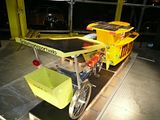 This 1931 Alfa Romeo 8C 2300 is a particularly historic car is it was raced by a certain Enzo Ferrari.
This 1931 Alfa Romeo 8C 2300 is a particularly historic car is it was raced by a certain Enzo Ferrari.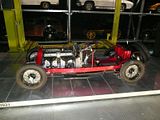

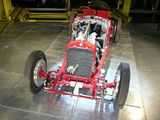
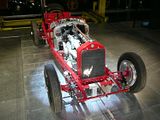 Upstairs in this hall, along with a large slot car track, and some cabinets with models in, there is a special display around environmental topics, focusing on all aspects from fuel to production to recycling. Naturally, there is a Toyota Prius to support the exhibit.
Upstairs in this hall, along with a large slot car track, and some cabinets with models in, there is a special display around environmental topics, focusing on all aspects from fuel to production to recycling. Naturally, there is a Toyota Prius to support the exhibit.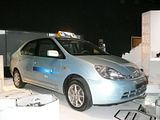
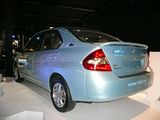 The latest F01 BMW 7 Series also features in a separate display.
The latest F01 BMW 7 Series also features in a separate display. The Trains
The TrainsA wide variety of exhibits from Switzerland long and inventive history of rail travel across some challenging terrain are presented in the largest hall.

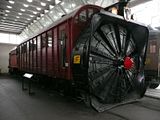
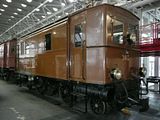
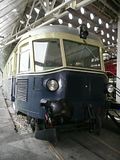
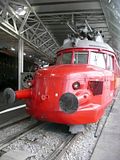
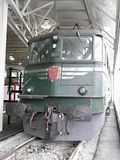
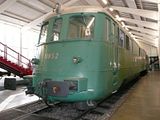
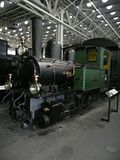
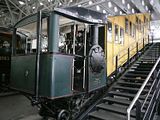
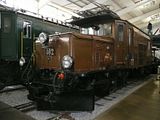
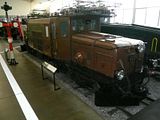
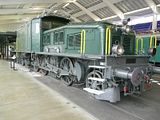
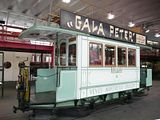
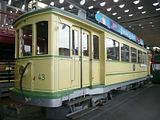
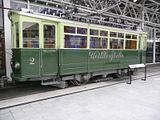
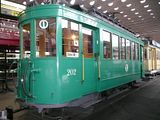

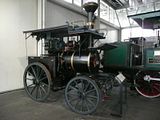 Air and Space
Air and SpaceVaried exhibits in this hall from Swiss aviation history, as well as some space memorabilia.
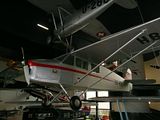

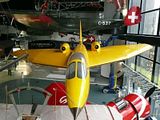
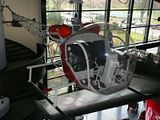
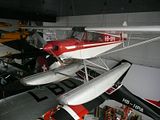 Outside
OutsideSome of the largest exhibits are outdoors. You can go in the SwissAir plane, and get a reminder of what it was like to fly in 1959. Superficially not that much has changed!

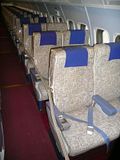
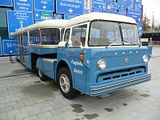 A fascinating museum, then. It costs CHF27 for entry, excluding the i-Max which is another CHF10, so it is not cheap, and you might want to time your visit for a quieter period if you do not want to be overrun with excited children taking it all in. Worth a look for anyone in the area, though.
A fascinating museum, then. It costs CHF27 for entry, excluding the i-Max which is another CHF10, so it is not cheap, and you might want to time your visit for a quieter period if you do not want to be overrun with excited children taking it all in. Worth a look for anyone in the area, though.More details can be found at: www.verkehrshaus.ch
2009-12-24 09:23:34


















































